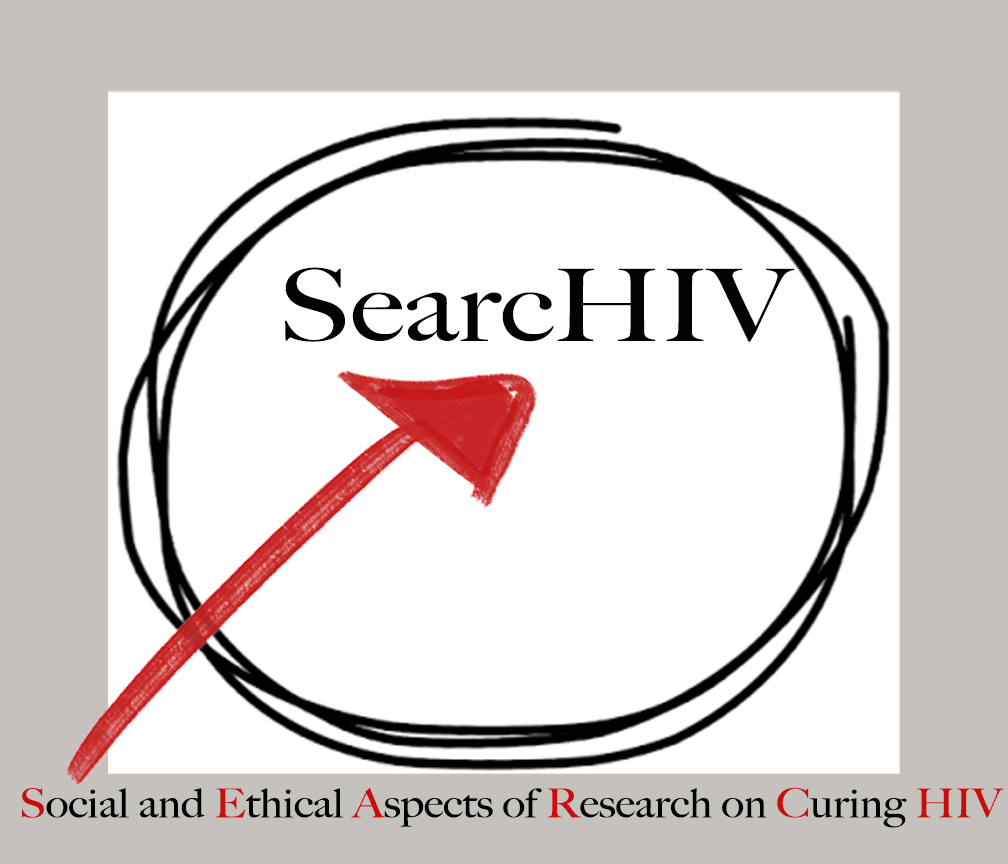In this post we hear from a member of the searcHIV Cape Town Team about the making of a short film for stakeholder engagement focusing on HIV prevention, treatment, and cure.
“I Have a Dream… A World Without HIV” – Making the Movie
by Malcom de Roubaix
On the 8th of May last year when the South African searcHIV Group met at the Brocher Centre, on the banks of the beautiful Lake Geneva, an idea was born: we should make an information video aimed at improving knowledge about HIV Cure research. This followed on our initial stakeholder interviews that revealed a paucity of contextual knowledge amongst patients, nursing staff and even medical personnel in our developing world setting.
The starting point for any movie is a script. Our original script was a 30-page document entitled “What every South African should know about HIV.” This went through several drafts, until we consulted a researcher experienced in the field of HIV prevention who advised that we do a 1800 turnabout and focus on engaging the community. So the script was revised yet again (in total, more than 20 times!), a story line was created, and the quantum and nature of information provided carefully sifted: less is more in. We focussed on three aspects: treatment, prevention, cure.
The story revolves around three HIV positive characters who attend a real-life HIV clinic, Andiswa (Audrey Lottering) to get more information about HIV treatment for her and her baby Siphokazi, and Nomsa (Marie Theunissen), to discuss prevention with a clinic doctor, Dr. Maseke (Dr. Oluwatosin Iyun). Nomsa is concerned about her young niece who is “at that age when she starts getting interested in sex and boys…”. Information is also shared between the Nomsa and Andiswa. Andiswa is referred to Kidcru, a pediatric HIV research unit at Tygerberg Hospital, for the possible enrolment of her baby in an HIV treatment trial. At Kidcru, Sister Joan (Joan Coetzee), a study nurse, informs Andiswa about the study, and then the conversation turns to cure. Andiswa has heard so many cure stories…about sangomas and priests claiming to cure HIV. In the last scene, Andiswa has a conversation about cure with Prof Mark Cotton, well known and knowledgeable in HIV treatment research; she is desperate to save her Siphokazi from the life-long ordeal of HIV treatment. Mark discusses the Berlin patient and the Mississippi baby and contextualises those cases. He talks about some of the risks that might be associated with cure research, remission, the importance of adherence, the protective role of RECs (IRBs) in ensuring that the interests of research participants predominate, and the role of the (South African) Medicines Control Council in registering new treatments before they can be rolled out.
The actors, Audrey, Marie and Joan are, talented Kidcru staff members. The narrator, Riaad Moosa, is well-known to movie and TV audiences (he is also a doctor), Mark is played by himself, and there are short and poignant cameos by an iconic HIV activist, Zachie Achmat, and South Africa’s best-known and well-loved clergyman, Archbishop Emeritus Desmond Tutu, whose final and powerful message underlines the three-pronged approach to the fulfilment of our dream, eradication of HIV. We secured the use of the Soweto Gospel Choir’s wonderful rendition of Alan Lazar’s “My African Dream” and production was done by the professional local production house iKraal.
And so, after a year (the first version of the script was written in September 2014) our video was launched Friday, May 15, 2015 with the audience comprising, amongst others, HIV scientists and physicians, policy makers, students, lay persons and the press. It was enthusiastically received. It has since been screened to about 30 Kidcru staff members, who were equally enthusiastic, gave it a unanimous thumbs-up, and agreed they found it informative.
We are in the process of conducting a before-and-after viewing study to assess the immediate retention of important information (mimicking, in a sense, an informed consent session) locally amongst English, Afrikaans and isiXhosa speakers, and in Kwa-Zulu Natal amongst isiZulu speakers (the sound track is in English with sub-titles in the other languages) before roll-out in Kidcru, other HIV clinics, and more widely (e.g YouTube). The Kidcru operations manager has suggested that we screen the prevention section of the film in schools, and we will consider this later.
Making this video has presented unique ethical challenges. Since this video will inform patients who might be potential participants in cure studies, it could be seen as endorsing or promoting these studies. This implied careful assessment of each bit of information supplied and, in a sense, the risks involved in cure research are transferred to the video. We were mindful of this added responsibility we undertook. The route also implied that we had to limit the quantum of information supplied and important messages might have been omitted (like abstinence as a preventative method/strategy).
We learnt many lessons as well. Like the importance of teamwork and brainstorming, of consulting widely, of being willing to change mid-stream, of careful editing and re-editing, of checking and re-checking figures and facts, and of getting it right with music and video clip rights.
We sincerely hope this video will achieve an additional, equally-important aim: to enkindle a debate about the critical importance of endeavours such as ours to assist patients and potential participants in future cure trials in understanding the complexity of these trials, and to provide authentic informed consent.

![IMG-20150210-WA0010[1]](http://searchiv.web.unc.edu/wp-content/uploads/sites/6381/2015/05/IMG-20150210-WA00101-300x225.jpg)
